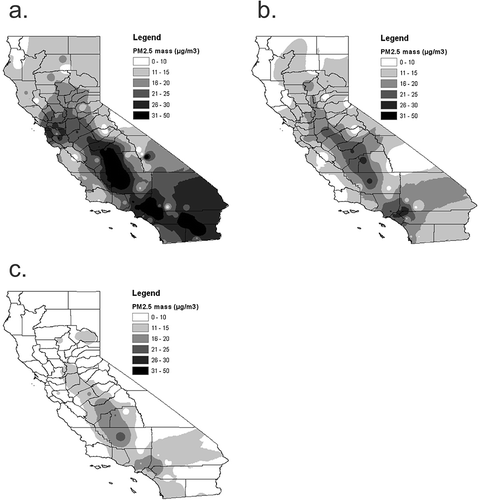Figures & data
Table 1. Summary of PM2.5 mass concentration measurements made in California
Figure 1. Measured PM2.5 mass versus predicted PM2.5 mass, by season. The data are daily-average concentrations from 12 monitoring sites, 1999–2006. The predictions were computed as described in the text using PM10 mass concentration as an upper bound and the sum of major species concentrations as a lower bound.
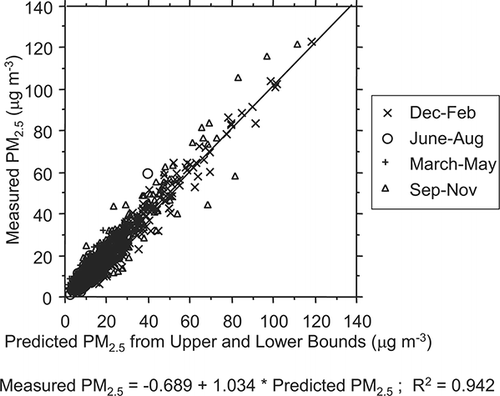
Figure 2. Monitoring sites having at least 10 years of data, including PM2.5 mass measurements and reconstructions.
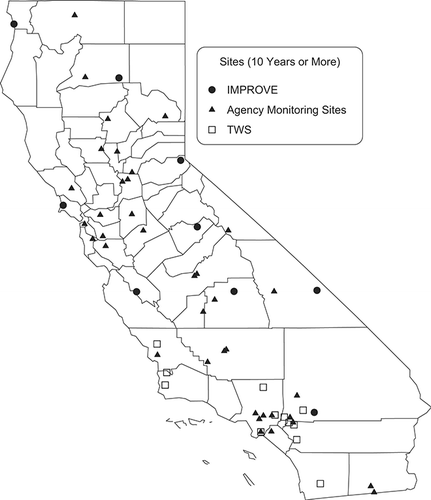
Figure 3. Number of nonduplicative daily-average PM2.5 concentrations at 28 long-term monitoring sites by measurement type.
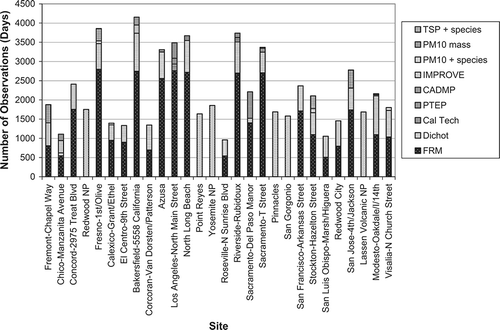
Table 2. Trends in mean annual PM2.5 mass concentrations
Figure 4. Statewide mean annual PM2.5 mass concentrations and number of trend sites included in each annual average. The means were determined from 22 urban sites having long-term monitoring records () using monthly site averages and weighting inversely by uncertainties (Equationeq 12). The error bars are two-sigma uncertainties and are larger in the 1980s because there were fewer monitoring sites, sampling frequencies were limited to once every 6 days, and some of the data are reconstructions of PM2.5 mass (see text).
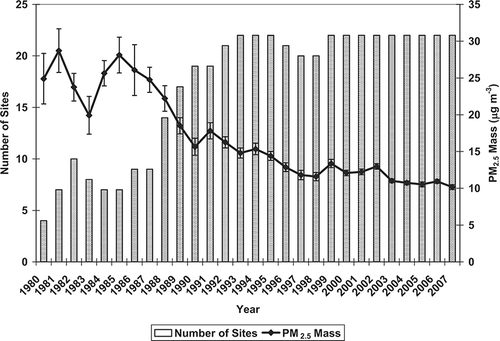
Figure 5. Trends in emissions and basin mean PM2.5 mass concentrations in the SoCAB. Emission trends are from the 2009 California Almanac.Citation63 Basin annual averages of ambient PM2.5 mass concentrations were aggregated into 5-year means centered on the plotted years; the value for 1980 was based on 2 years of available data (1981 and 1982). Two-sigma error bars are shown for the ambient data. Basin mean PM2.5 annual averages were determined from the annual averages of all monitoring sites. The location of the SoCAB is shown in .

Figure 6. Mean basin PM2.5 mass concentrations by decade (1980s, 1990s, and 2000s). Averages consist of 8–10 years data except Lake Tahoe 1990s (7 years), Mojave Desert 1980s (5 years), and Sacramento Valley 1980s (4 years). Population data are for year 2000.Citation63
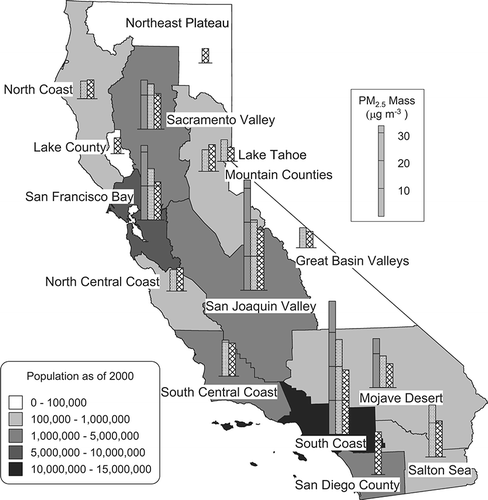
Figure 7. Mean annual PM2.5 mass concentrations in (a) 1989, (b) 1999, and (c) 2007. Monitoring data were interpolated using weights inversely proportional to the square of the distance between monitors and grid points.
